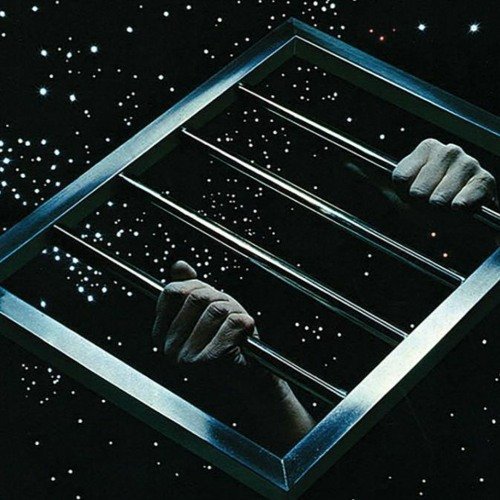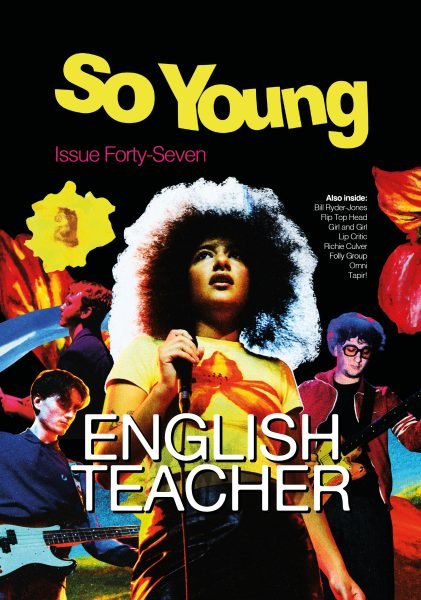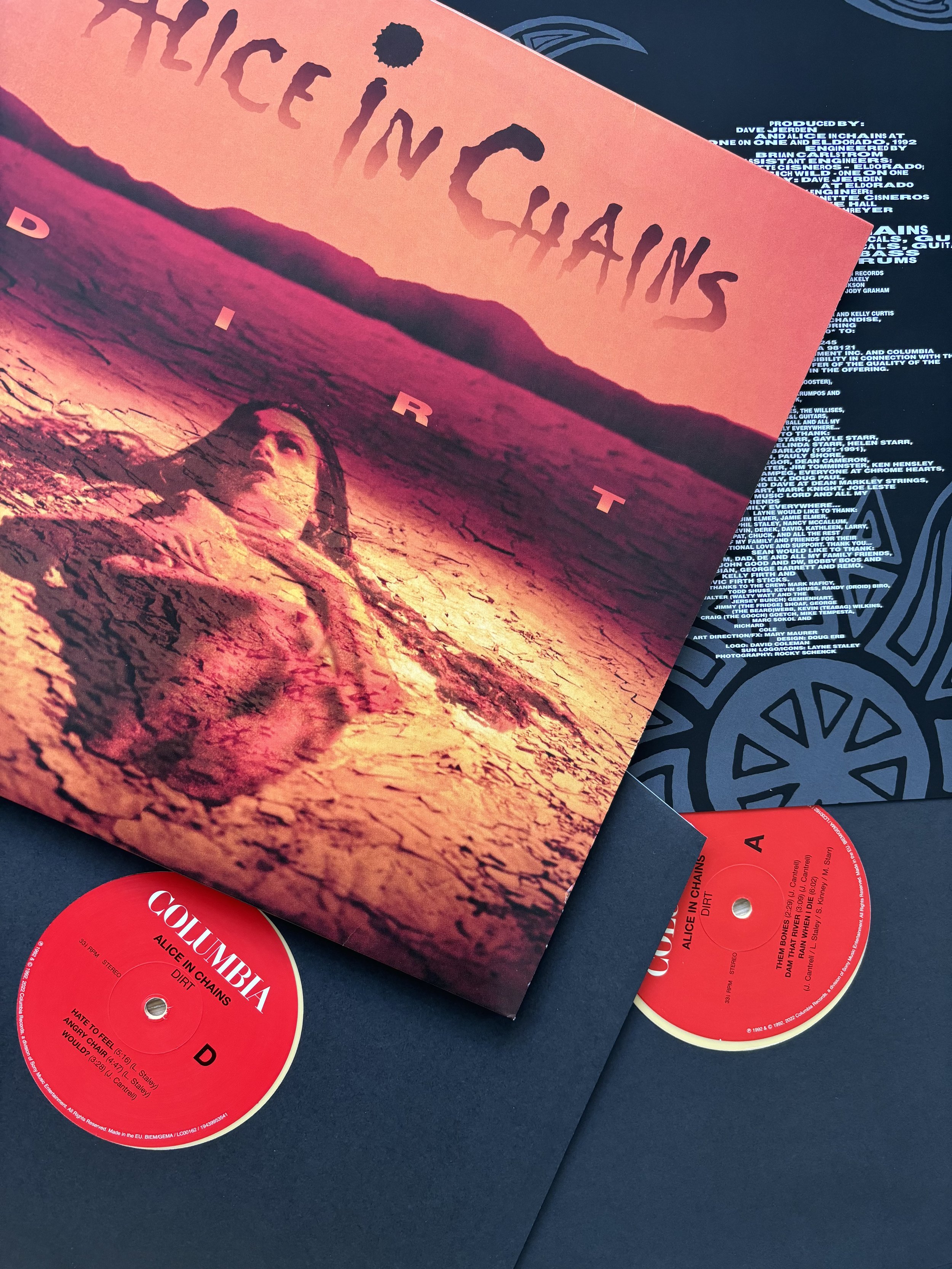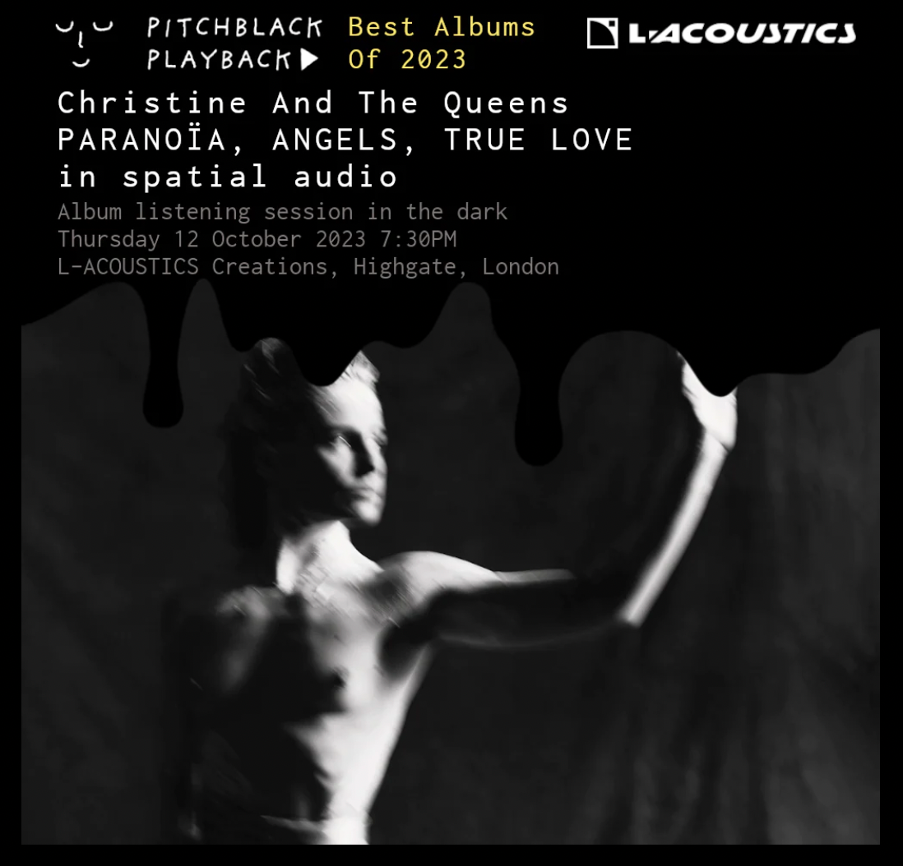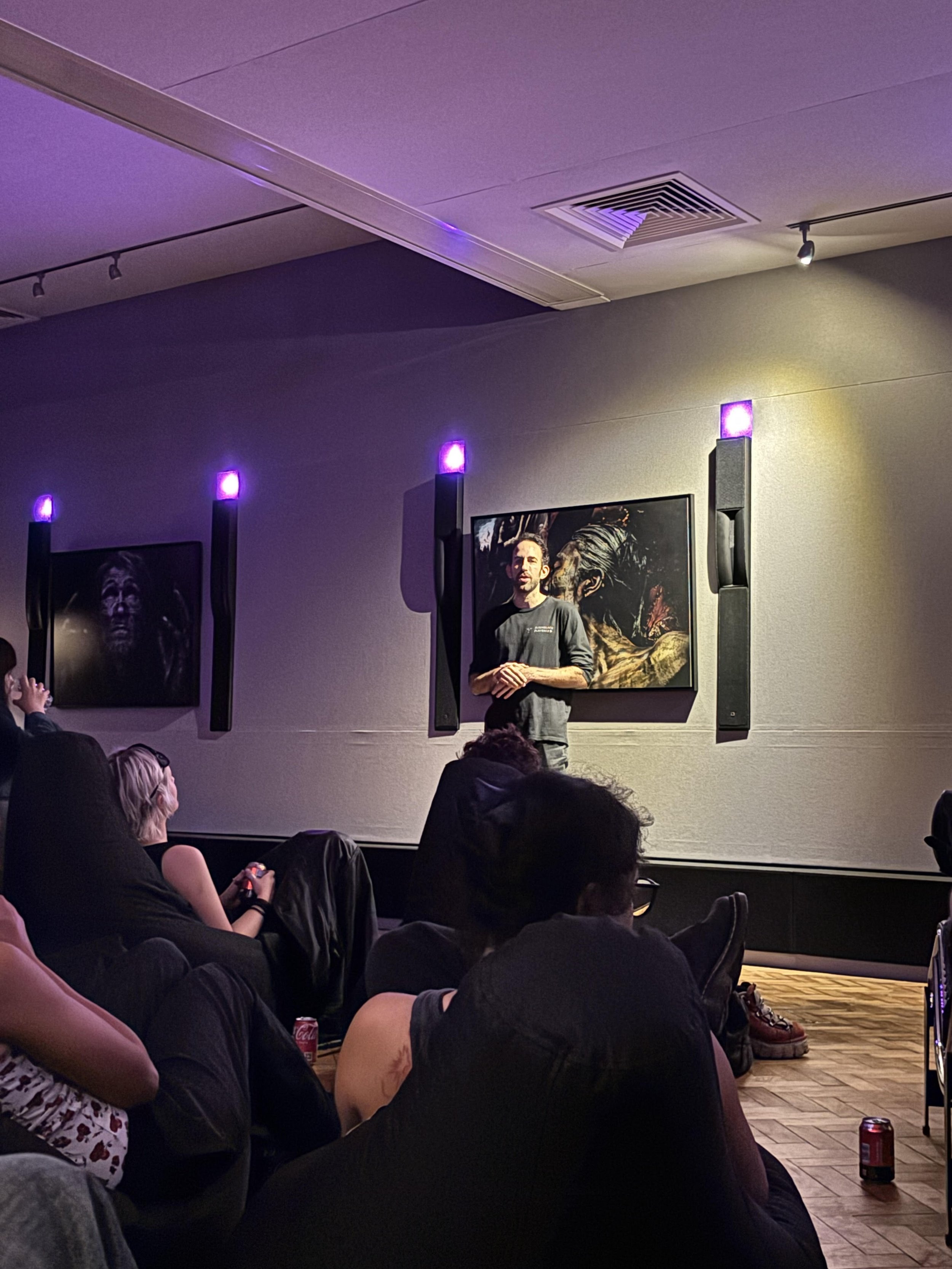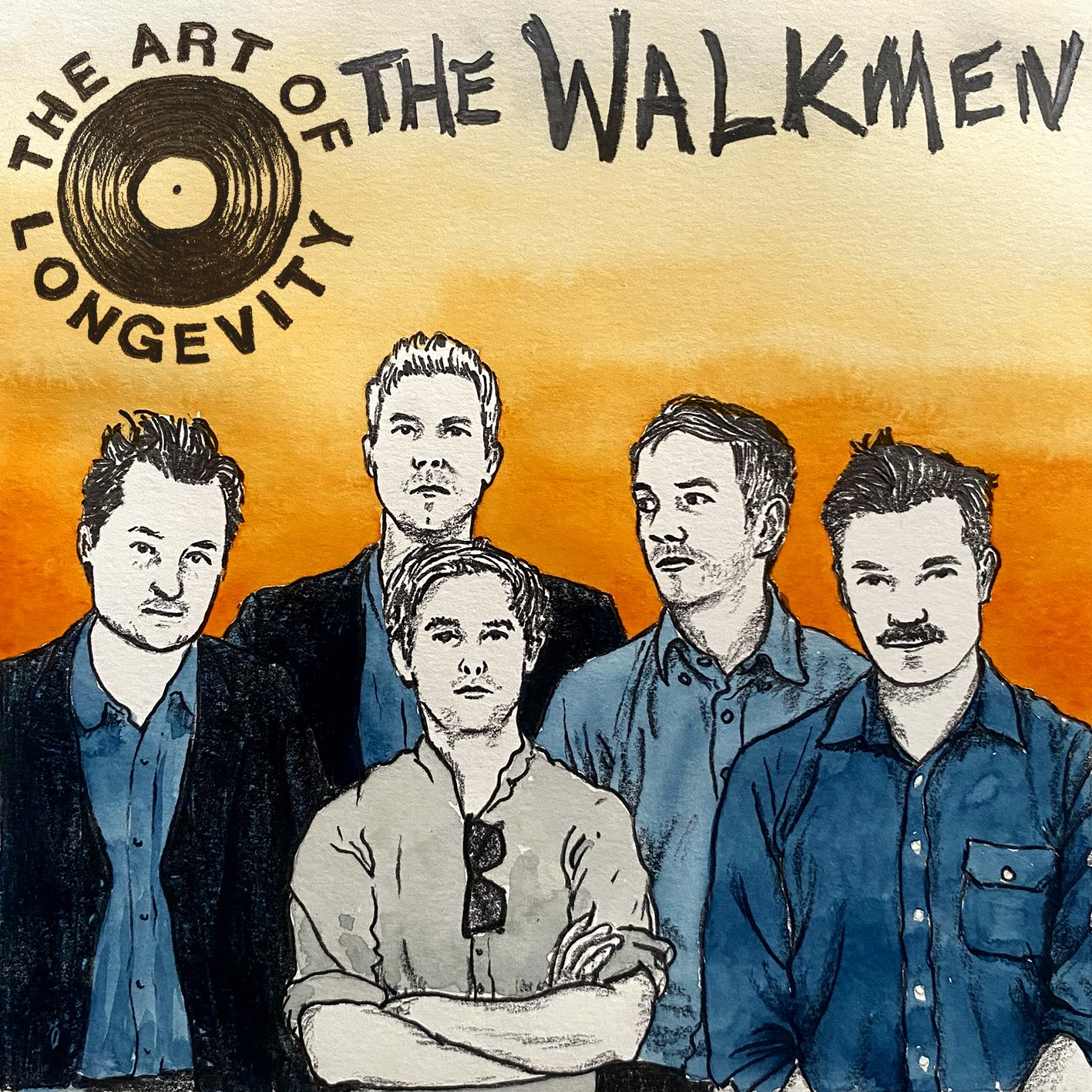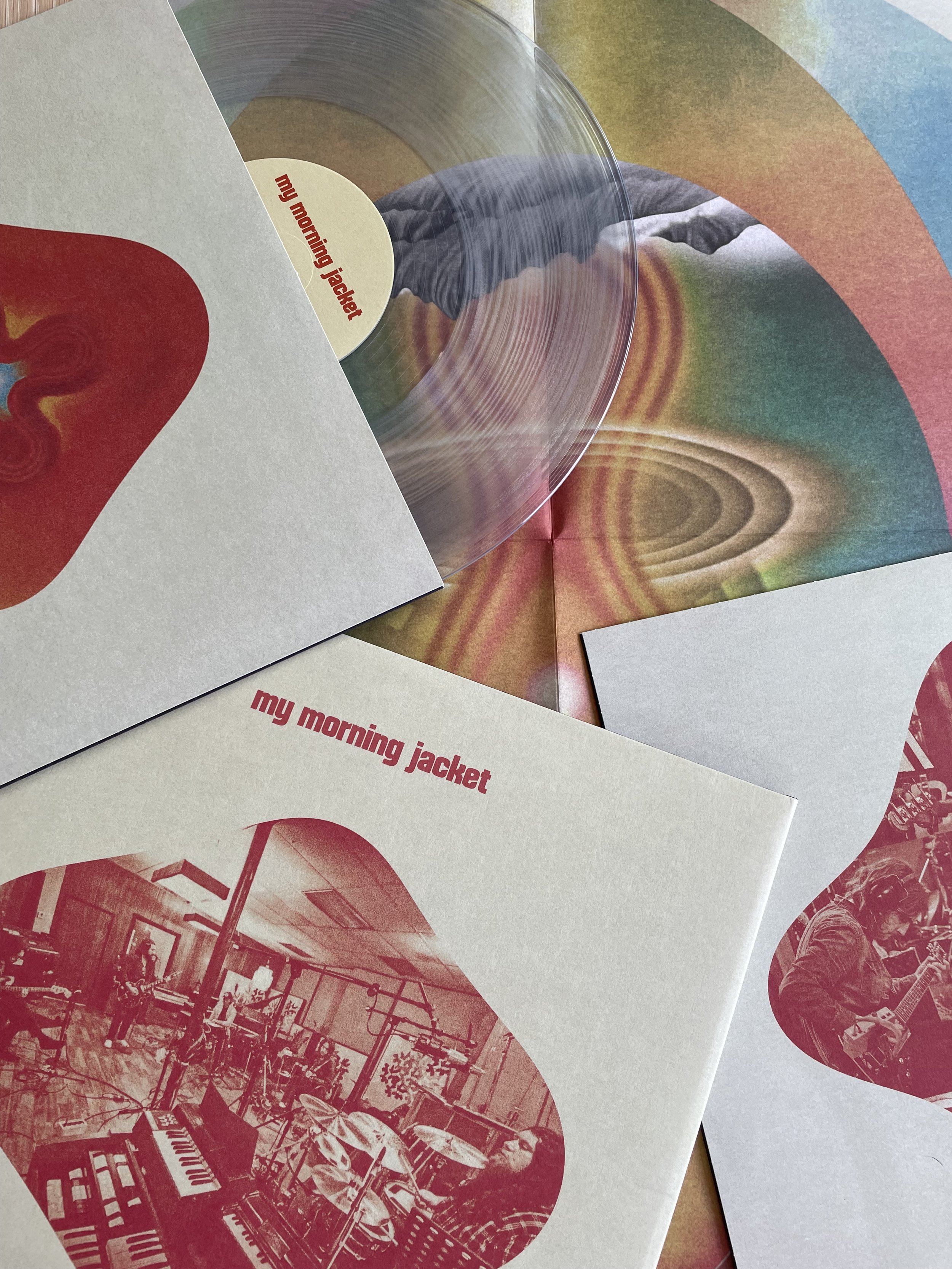In the spring of 2021, I started The Art of Longevity podcast with the aim of interviewing established music artists with honest reflection and perspective the main thrusts of the conversation – and no other agenda. To steer the conversations through a narrative arc, The Art of Longevity is based on a premise set by Brett Andersen from Suede. An interview I read with Brett quoted him saying that all successful artists have followed a similar journey, comprising of four stages: the struggle, the stratospheric rise to the top, the crash down to the bottom and then the renaissance. In each case, what has been my guest’s individual ‘experience’ of both making a living and being a creative force in the music industry? Not only that, but in an industry notorious for mobilising around artists on the way up, but quickly dismantling the machinery and abandoning the rocket ship once the shine wears off. How do they reflect on the industry itself both now and during their time in it?
Not all artist careers fit Brett’s curve perfectly, but everyone recognises the narrative. Some artists I’ve met crossed the rubicon to long-term success after the first few peaks of fame – sometimes after being unceremoniously dropped by their labels. Others have thrived without ever switching labels even though their commercial success has ebbed and flowed. Some have big hit songs to thank for their fame, while others have established long and viable careers without ever having troubled the charts. Some are entirely grateful to labels and ‘the industry’, while others made themselves famous first, never relying on the industry to do it for them. As Season 5 of The Art of Longevity comes around, it has been fascinating to ponder some of the ways artists have navigated through the tricky territory of having a lifelong career making music.
I’ve previously summarised ‘7 secrets’ to longevity in three in-depth blogs but have thrown them together here in shorter form and categorised them into three sets of themes:
1. Creating and shaping the manifesto.
2. Mastering the craft, putting in the graft.
3. Managing expectations and attachments (i.e. the meaning of success).
There are 21 themes overall and I expect there will be a few more to add as the podcast continues.
Creating the manifesto
Make art not entertainment
The American playwright Thornton Wilder once said “If you write to impress it will always be bad, but if you write to express it will be good”. Many artists have come a cropper by either trying to write a hit or trying to repeat the trick of writing a song like the one that previously was a hit. This is made harder by the pressure they are often under to do so, applied by record label execs with an obvious bias to hits, since that’s their job. But resist the temptation and the hits will come anyhow, at least sometimes.
Way back in 1979 Gary Numan composed his debut single ‘Cars’ on the bass guitar in a few short minutes. It went to number 1. Numan followed Cars with a successful run of three number one albums but by the late eighties, he had mislaid his artistic vision as he struggled to write the kind of songs he thought people wanted to hear. In the early 90s, though, encouraged by his wife Gemma, and inspired by Depeche Mode’s ‘Songs of Faith And Devotion’, Numan decided to write the kind of album that he wanted to hear. The result was ‘Sacrifice’, which was an unarguable return to form, a trend he sustained on the subsequent albums ‘Exile’ and ‘Pure’. Gary got his mojo back by working to fellow musician Steve Wilson’s mantra: make art not entertainment.
Obsess over your references, but meld them into something that is uniquely ‘you’
In a world in which there are no new ideas, it is fine to beg, steal and borrow, provided you create something unique from it (if you want proof of that just think about The Rolling Stones!). The Coral is a band revered on the music scene - a real artist’s band. They are accomplished musicians who first got together at school in the small Wirral town of Hoylake. The band members bonded over their many music icons, from The Beatles and the Small Faces to Acker Bilk and Del Shannon. Listening to a record by the Coral is a dizzying fairground tour of Liverpool’s music hall pop heritage mixed with American West Coast psychedelia and a lot else besides. Sometimes all in one song. Yet it sounds like no other band except The Coral.
Work to an internal code, pact or system
From day one in 1983 Manchester band James had a philosophy and pact to always take risks - whether that be creating new songs from jam sessions to walking out on stage in front of the crowd before finalising the set. James’ are driven to experiment, and it is remarkable that such fully formed songs as ‘Beautiful Beaches’, ‘Sometimes’ and ‘Say Something’ emerged from improvisations. ‘Honour thy error as a hidden intention’ was a card drawn from Brian Eno’s Oblique Strategies deck in one recording session with the band, but James already lived by that particular axiom and have done so for almost four decades. Any artist looking to take risks is more likely to go the distance, but to do so will mean working to a code, mantra, manifesto, pact or system that only the band can access, nobody else.
Mastering the craft, putting in the graft
See line-up changes as an inevitable part of evolution
The loss of a key band member can be a punch to the stomach for any band, yet the choice remains – pick yourself up, dust yourself down and get on and make another record. Or don’t. Consider Mike Scott of The Waterboys, who himself counts over 80 rolling band members that have come and gone, yet on he goes, welcoming in new collaborators and finding himself energised by what they bring to the band’s sound, particularly in front of The Waterboys’ loyal live audiences.
Get very, very good live
The pandemic was the missile many artists and bands needed to remind them never to complain again about the tour bus, the support circuit or playing to a half-full club venue in Rotherham or Hicksville, USA. Honing your craft live is what a career in music is all about. Yes, there is making albums, but performing those songs is where it’s at. All the bands and artists that qualify for the ‘longevity’ conversation are very good live acts who have put in their 10,000 hours in rehearsal rooms, festivals and out on the road. If you can put on a performance in which people transcend into a world where they care less and dance & sing more, you will have longevity.
Make music about themes you associate deeply with
In the continuous waterfall of new music releases, it’s almost impossible to stand out. The best records contain strong themes that the creator can channel in a way that is individual and authentic. Laura Veirs is a native of Colorado and resident of Portland Oregon. Originally a Geology major, Laura is better known as a gifted folk-pop singer songwriter. It is no surprise that her music is steeped in nature. Her rise to fame came with 2004’s Carbon Glacier, the first of four records themed on the elements. Carbon Glacier was earth, Year of Meteors was sky, Saltbreakers was sea and July Flame was...guess what? Fire. By the time she got around to July Flame, Laura had made her first masterpiece. As the best authors say, write about what you know.
Invent a sub-genre
At the height of the ‘second latin music explosion’ in the late 90s came Calexico. In 1998 the band’s second album The Black Light, a concept album of sorts inspired by the desert of Arizona and northern Mexico, received excellent reviews and put the band firmly on the map. With their eclectic mix of Tex Mex, mariachi and indie-americana, Calexico brought something different and new. The music journalist Fred Mills captured their sound perfectly with two words - ‘desert noir’. All three musicians continue to make new music, thriving and still restlessly creating across many styles and genres. They earned the right to do so however, because they created a genre.
Respect the great musicians of the past but do not try to compete with them
This is the revelation that struck Roland Orzabal of Tears For Fears as the band struggled to create a masterpiece following the runaway success of their second album Songs From The Big Chair. Back in the mid-80s and thrust into the pop limelight, Orzabal felt the reverence of his 60s and 70s heroes bearing heavily on his shoulders: “we were competing with the whole history of rock & roll”. Tears For Fears famously made one of the most tortuous and expensive albums in history. The Seeds of Love, an album so “opulent, expensive, puffed-up, bombastic” (Roland’s words) they couldn’t follow it up. Tears For Fears imploded under the pressure. Between long gaps, the band have come together to make records with the belief that even after making three of the best in pop history, they can still create work that they consider to be as good as their best. They are their own judges.
Before you make your first album, make sure you have written two albums
The ‘difficult second album’ remains a pivotal moment for most artists - the first bridge to potential long-term success. Most examples of failed sophomore records are either trying to repeat a successful debut or rushing out songs to capitalise an initial success. A way to mitigate this is have enough songs in the bag. Reflecting on the early days of The Beta Band (think back to the 90s when they were in danger of becoming huge), Steve Mason’s one true regret was not to spend more time crafting songs for the band’s sophomore record. Steve may have been better off following Stuart Murdoch’s lead. The Belle and Sebastian singer and principal songwriter already had another album written after the band’s precocious debut Tigermilk was released in 1996. That second album was If You’re Feeling Sinister - which many believe to still be their best. If you keep writing good songs, there’s always a place to store them for later.
Make your songs a bit weird
There are few such masterful chartbusters as Nile Rodgers (his beat-up 1959 Fender Strat. is even nicknamed ‘The Hitmaker’) yet when Nile took control of David Bowie’s early folk rendition of ‘Let’s Dance’ and turned it into Bowie’s biggest commercial success, the creative result was fantastic, yet also (in Rodgers’ own words) weird. Everyone involved knew Let’s Dance was special, but it sounded like no other song ever to reach the charts. Despite the ‘song-by-numbers’ culture in the streaming era, it’s worth remembering that audiences are real people, and that real people like stuff that’s weird.
Have the confidence to disrupt yourself before the industry disrupts you
Many musicians are intuitive enough to know what record label execs do not; that staying in your lane will send you quickly down a cul de sac. That any number of comparative charts and benchmarks cannot inspire you in one commercial direction or another. As an artist (especially an important label priority) the last thing you might do is exactly what you are told, lest you might end up back in the charts and holding another token industry award but creatively disillusioned and soon washed-up.
The mainstream no longer exists but in the 80s it did and in 1987 LA rock band Los Lobos discovered it by accident. Their cover of Richie Valens’ ‘La Bamba’ became a smash number one hit in a dozen countries. How do you follow that? With an album of traditional Mexican music of course! Thing is, Los Lobos knew how much of a fluke La Bamba was for them and that they had little chance of successfully repeating it. So they didn’t try or let anyone convince them it was a good idea.
Welcome in those little details that might change your destiny aka trust your studio team
Back in 1992, the Barenaked Ladies song ‘One Week’ finally broke the band in the USA and brought them international fame too. Although Ed Robertson had written the song and taken lead vocals duty (including that famous dexterous rap) Ed thought the idea of the record label, to make One Week the lead single for their new album, to be a joke. Then, the record’s producer (Susan Rogers) suggested the drum loop “wasn’t very cool”. Because of Susan’s input, the band changed the drums, a tweak which transformed the song and in effect, the band’s entire future.
In 1990 Los Lobos hauled themselves into a downtown LA studio with six new songs and teamed up with Mitchell Froom together with Tchad Blake. Steve Berlin told me: “Nothing could sound normal, it had to be noisy, turned upside down. Tchad could even take the mistakes and turn them into something that sounded genius”.
Those small suggestions, accidents and tweaks might turn out to be pivotal. Those producers and engineers really can make careers.
Be your own cottage industry
A common pattern with artists that have achieved longevity is that they tend to get started under their own steam. Portico Quartet spent their early years busking along London’s Southbank. I bought a copy of the band's very first, self-pressed four-track CD for £5, one of 10,000 sold. So much of success in music is still down to luck. But the point is, you need to make your own luck. With those Southbank busking sessions, home CD burner factory and the Hang drum, Portico Quartet created enough word of mouth to amass an early dedicated following. What followed was a Mercury Prize nomination and so far, an 8-album career.
Create in a vacuum but have an appreciation of how the market works
It is clear when artists have made music for the market – and sometimes it works. But the world’s best-selling albums were often created in a vacuum. It’s how Norah Jones made Come Away With Me – an introverted, old-fashioned record that broke the mould in the early 2000s and then went on to sell 27 million copies. Yet it also helps for artists to know their market, so that they can be aware of the true potential of what they have created, and to be obliging and to understand the commercial requirements of a label, whose job it is to make money. In the end, marketing and promoting a record is best done as a meeting of minds, not a fight over what should be the single, or who the target audience is. With hindsight, many legacy artists wish they’d known more about the industry and music marketing. Today’s business is more collaborative, with both artists and labels required to play major roles in marketing, preferably under a joined-up strategy.
Managing expectations and attachments (i.e. the meaning of success)
Remain grateful and humble for the stratospheric rise but know how to come down
Most bands of longevity get to have their moment in the sun. Whether it was for one big song, a string of hit albums, being associated with a scene on the rise – their time in the spotlight didn’t ‘just happen’. As a legendary A&R executive once told me “We do not live in a world where talent rises naturally to the top”.
Having busked her way around the St Andrews and Fife scenes since the mid 90s, KT Tunstall became an ‘overnight success’ after a show-stopping performance of ‘Black Horse & The Cherry Tree’ on Jools Holland (2004) - an old-fashioned breakthrough moment. KT quickly became a major label priority and was regularly playlisted on the radio. She has now notched up seven studio albums. Twenty years on, if you hear KT Tunstall on the radio today, it will likely be one of the same three songs it was in 2004: Suddenly I See, ‘Black Horse’ or ‘Other Side of The World’. Yet KT is entirely grateful to those songs and to the industry machine that made them hits. After all, she wouldn’t be recording her eighth album today otherwise.
Keep in mind that your best work is ahead of you
After her second album Fires, Nerina Pallot was suddenly hot property on the music scene circa 2007. Never quite comfortable with that, her third album The Graduate (2009) was an uneven affair that failed to keep the spotlight shining Nerina’s way. Maybe that turned out for the better. Nerina regrouped to make a more consistent and accomplished record ‘Year Of The Wolf’ in 2011. The album received positive reviews from fans and critics alike, many complimenting the more mature sound and direction. It became a foundation for what she does – make finely-crafted records of grown-up pop music.
Create a culture and commerce will follow
Some of the most successful artists created culture first and commerce second. Portico Quartet, Belle and Sebastian, Teenage Fanclub all did this. For Portico Quartet, it was busking on London’s Southbank, where the band created their own loyal fanbase. With Belle & Sebastian, Stuart Murdoch’s singular vision of the band he wanted to create – and the audience he wanted to attract – was so clear and strong – in the end it was record labels that succumbed, not the other way around. Teenage Fanclub, meanwhile, got into the habit of making records first, then shopping them to labels. All three demonstrate how ‘DIY’ culture has always thrived in music. And DIY is of course more possible now than ever.
If you get dropped, turn things around and make your best record
This was the case with Laura Veirs (July Flame), The Coral (Butterfly House), The Wombats (Beautiful People Will Ruin Your Life), Nerina Pallot (Fires), Spoon and countless others. While being dropped might be bewildering and depressing for an artist (and labels too), it is a new beginning rather than the end. It follows that labels might think twice about dropping artists and perhaps rarely should.
Earn the right to say ‘no’ and recognise what this means for your career
After Fink made ‘Perfect Darkness’ (album number four) the band had earned the right to say “no”. No to playing small shitty venues. No to rushing out a follow-up record. No to some (of the many) sync offers that came rushing in. It was at that point, after seven years of saying yes to everything, that the band began to realise they had created something of real value and were in it for the long game. They hadn’t hit ‘the big time’ (that might come later) but they earned the right to make their choices, including ‘no’. Be ready to turn down what doesn’t feel right for you, even if those around you think it is.
Take your time
In this day & age FOMO drives everything. The creator equivalent is ‘FOBF’: fear of being forgotten. But FOBF doesn’t bother Adele, or Paulo Nutini. And it doesn’t bother Jonas Bjerre of Danish rock band Mew. Over 25 years Mew has made seven studio albums which is one every four years. That’s not something Spotify would advocate as an operating model for bands these days, is it? But the truth is - there is no point racing your way to the front of an endless rush of music. You cannot make memorable songs by fidgeting and frittering away ‘content’. Well you can, but the more confident way through is to quietly focus on your art. The fans will welcome you back long after the ‘followers’ have forgotten you existed.
Have other pursuits of meaning outside of your main music vehicle
In life there are four elements: work, family, relationships and you - and a balance has to be achieved. Artists can struggle with this balance. Between the intensity of writing and recording and the hard graft of touring, the obsessive element to being a musician makes work-life balance impossible. When bands achieve ‘fame’ (the ‘stratospheric rise to the top’ phase of Brett Andersen’s longevity curve) balance goes totally out of whack. Some band’s take to it and others don’t but for a while, everything looks amazing - records in the charts, video shoots, press interviews, international travel and a different hotel every night. In this day and age, you need more than just your album-touring cycle to engage your fan base, so you can invite them in on your other creative projects too. It goes without saying that paying more attention to physical and mental wellbeing has become more recognised and important for artists in the modern industry, though problems are still rife. What matters is that you make the time to regenerate, make the art you need to make and that you keep in touch with your fans. Longevity is not a linear process, but cyclical - everything comes back around.


